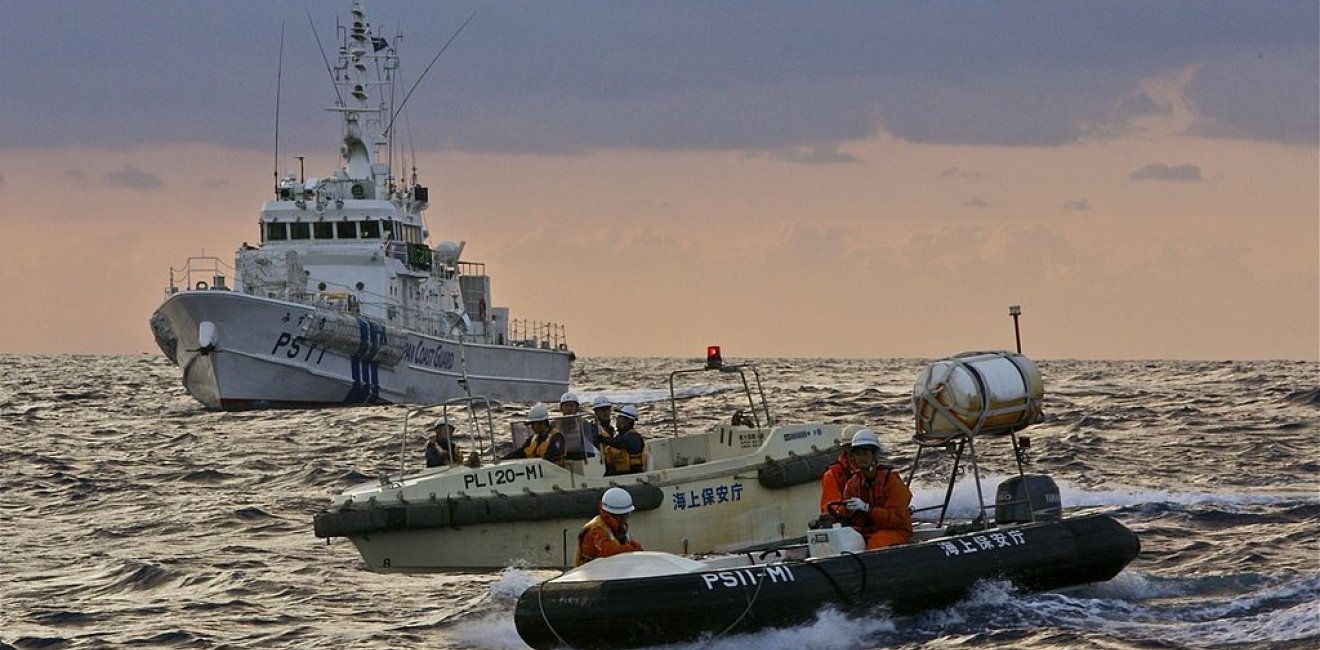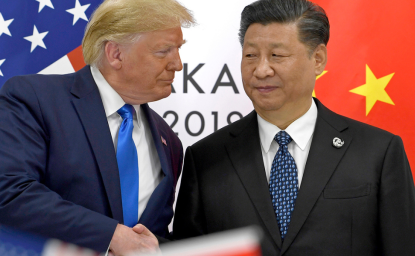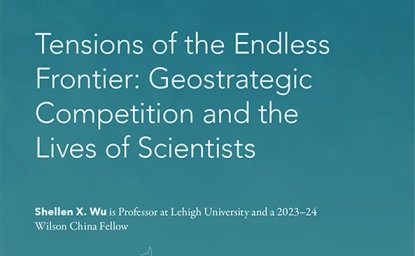The East China Sea dispute over administrative control and sovereignty of the Diaoyu/Senkaku Islands1 continues to gnaw on the Asian security agenda since it involves the risk of miscalculation or error that could draw China, Japan and the US into conflict. China’s maritime policy and its consequences for tension between the three major powers of East Asia is a concern, yet China’s strategy is poorly explained and often misunderstood. One reason is that official Chinese statements explaining its policies, such as those in its white papers, are often seen as mere propaganda or rhetoric rather than genuine indications of Chinese intentions.2 There is some truth to this argument; however, official statements, if combined with interviews, academic analysis and put in the context of tangible developments, give clues about the general direction of China’s strategy.
The article seeks to examine the strategy from the perspective of China’s long-standing official concepts of peaceful coexistence and active defense to assess to what extent China implements these in the Diaoyu/Senkaku dispute, and if such policies contribute to escalation and conflict. Peaceful coexistence is China’s overarching foreign policy strategy that defines Beijing’s basic strategic objectives and the political, diplomatic, economic and military means to achieve those objectives. Active defense is the military component of the national peaceful coexistence strategy, to be employed in conjunction with other elements of national power. China’s maritime strategy is investigated by tracing the development in the thinking on peaceful coexistence and active defense in China’s political establishment to assess changes in the meaning and purpose of the concepts and if opinions differ on their usefulness as central descriptions of China’s foreign policy and military strategy. The influence of these central strategic concepts on China’s behavior in the Diaoyu/Senkaku dispute is investigated, inferring the intentions behind China’s actions in the dispute from developments in China’s conceptual strategic thinking.
The full text of this article can be found at Taylor & Francis.
_____
1 China calls the islands Diaoyu, Japan calls them the Senkakus.View all notes
2 For an analysis of China’s defense white papers as a source of China’s strategic outlook, see Jian Zhang, ‘China’s defense white papers: a critical appraisal’, Journal of Contemporary China 21(77), (2012), pp. 881–898.View all notes






